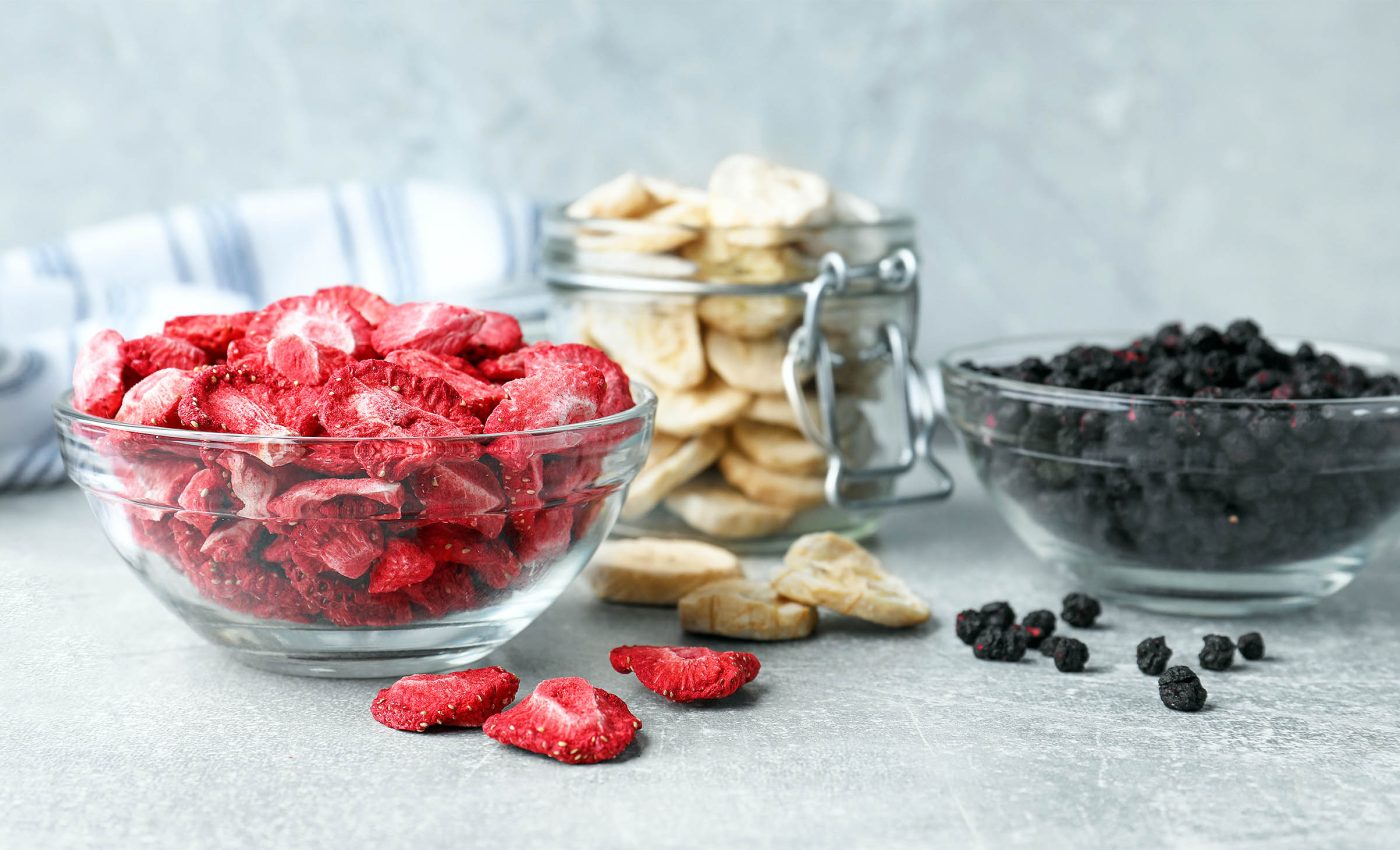
Popular product sold in 50 states is being recalled due to Listeria contamination
If you bought freeze dried fruit at Sam’s Club this month, stop and check the box. A voluntary recall is underway for Member’s Mark Freeze Dried Fruit Variety Pack because of potential contamination with Listeria monocytogenes.
The boxes were distributed in June of 2025, and no illnesses have been reported so far. The snacks come in foil pouches inside a corrugated box that many families keep for lunches or travel.
Listeria recall product impact
For added context, Ben Chapman, PhD, a food safety specialist at North Carolina State University (NCSU), focuses on how everyday choices reduce risk in the kitchen. His work underscores why clear recall instructions matter to consumers.
The FDA notice identifies the product as a 15 count variety pack with UPC 1 93968 50900 2. It confirms that no illnesses have been reported to date.
Boxes showing lot codes 25175 through 25206 and a use by date ranging from 6/24/2027 to 7/25/2027 are part of the recall.
Shipments went to Sam’s Club distribution centers in 42 states and Puerto Rico, and the lot number and date appear on the bottom of the case.
You should match your box to the identified lots even if the fruit looks normal or smells fine. Food can carry harmful bacteria without obvious signs, so visual checks are not enough.
Why Listeria requires a recall
CDC estimates that about 1,600 people get sick from listeriosis in the United States each year, and about 260 die. That is a small share of total foodborne illness, but the outcomes can be severe.
Nearly everyone with invasive listeriosis is hospitalized, the case fatality rate is about 20 percent, and about one in four pregnancy associated cases results in fetal loss or a newborn death, according to the CDC overview.
Those numbers explain why an abundance of caution is appropriate.
Listeria can survive cold conditions that slow many other germs. This trait makes ready to eat refrigerated foods riskier if contamination happens at the plant or at home.
Symptoms come in two patterns. Some people experience brief stomach upset, while others develop invasive disease that spreads beyond the gut.
Who faces the highest risk
People who are pregnant, adults 65 and older, and those who are immunocompromised face the highest risk for severe disease. Others can get infected, but serious complications are uncommon.
“Symptoms usually start within 2 weeks after eating food contaminated with Listeria,” noted the CDC. The range can extend from the same day to as late as 10 weeks.
If you are in a high risk group and ate the recalled fruit, consider calling your healthcare provider to discuss next steps. Early advice can help guide whether monitoring or testing is appropriate.
Healthy people usually recover without medical care if symptoms are mild. Seek urgent care if you notice a stiff neck, confusion, or balance problems.
How to check your box
Check the bottom of the case for your lot number and the printed use by date. If your box shows any of the listed lots and dates, set it aside.
The product was shipped to Sam’s Club distribution centers in states including California, Florida, New York, Texas, and Hawaii, along with Puerto Rico.
If you bought the variety pack during July and live in one of the listed locations, do a quick check today.
The affected boxes contain a mix of apples, bananas, and strawberries packaged in individual foil pouches. Families often toss these into backpacks or gym bags, so check cupboards, cars, and lunch kits.
What to do during a Listeria recall
Do not eat the product if it matches the recalled lots and dates. Throw it away or take it to Sam’s Club for a full refund.
Refrigeration does not eliminate Listeria, the FDA explains that it can survive and grow even under refrigeration.
Clean your refrigerator and any containers that touched the product, and keep the fridge at 40 degrees F or below.
Wash your hands with soap and warm water after handling the box and pouches. Wipe shelves and bins where the food was stored, then rinse and dry the surfaces.
Keep raw foods and ready to eat snacks separate as you clean up. Toss any opened pouches from the variety pack, even if they look fine.
How contamination happens
Listeria can enter a facility through raw ingredients, water, or equipment, and it can spread on surfaces if sanitation fails. That is why processors track environmental testing and isolate affected lots.
One laboratory study found that Listeria declined on raisins and dried strawberries at room temperature but was capable of long term survival at 39.2 degrees F.
That finding helps explain why cold storage alone is not a complete control for this bacterium.
Dry foods are not inherently safe from pathogens. If contamination occurs before drying or during packaging, cells can persist until conditions favor growth again.
Staying informed without panic
Food recalls are common, and they work as an early warning system that removes risky items from shelves. This recall was detected by internal company testing, which is the system doing its job.
Sign up for recall alerts from FDA and CDC so you hear about notices that affect your household.
Keep receipts or take a quick photo of boxes when you bring food home, since that makes matching lot numbers much easier.
Set a weekly reminder to clear out old ready to eat foods and check refrigerator temperature with a simple appliance thermometer. A few basic habits cut the chance of exposure without adding much time to your routine.
—–
Like what you read? Subscribe to our newsletter for engaging articles, exclusive content, and the latest updates.
Check us out on EarthSnap, a free app brought to you by Eric Ralls and Earth.com.
—–













